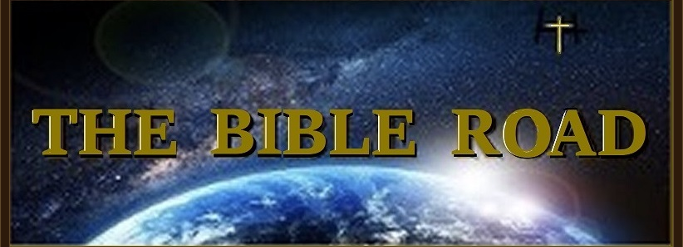|
The Meaning of The Parable of Two Sons
The Parable of the Two Sons can be found in Matthew 21:28-32. The basic story is of a man with two sons who told them to go work in the vineyard. The first son refused, but later obeyed and went. The second son initially expressed obedience, but actually disobeyed and refused to work in the vineyard. The son who ultimately did the will of his father was the first son because he eventually obeyed. Jesus then likens the first son to tax collectors and prostitutes—the outcasts of Jewish society—because they believed John the Baptist and accepted “the way of righteousness” (v. 32), in spite of their initial disobedience to the Law.
The key interpretive point in understanding the Parable of the Two Sons comes in defining to whom Jesus is speaking. For that we need to look at the overall context of this passage. Matthew chapter 21 begins with Jesus’ triumphal entry into Jerusalem. The whole point of Matthew’s gospel is to show Jesus as the long-awaited Messiah. The crowd responds by shouting Hosannas and praises to the King. The King’s first act upon entering Jerusalem is to cleanse the temple (21:12-17). Afterwards, we see Jesus cursing a fig tree (21:18-22). This account may seem an isolated story, but Jesus was making a strong symbolic point. The fig tree is often symbolic of Israel (cf. Hosea 9:10; Joel 1:7). The fact that the fig tree had leaves but no fruit is symbolic of Israel’s religious activity—i.e., all the trappings of spirituality, but no substance. Israel may have had the leaves of activity, but not the fruit of repentance and obedience to God, which is why Jesus tells them the prostitutes and tax collectors will enter the kingdom ahead of them (v. 31).
In Matthew 21:23-27, the religious authorities—the chief priests and elders—question Jesus’ authority. Who is this Jesus who comes into Jerusalem receiving the praises of the masses and drives the moneychangers out of the temple? The stage is set for the showdown. It is in this context that Jesus tells three parables—the Two Sons, the Tenants, and the Wedding Feast. Each of these parables is told to the Jewish religious leaders, each illustrates their rejection of Jesus, and each pronounces judgment on Israel for their rejection of their Messiah. In the Parable of the Two Sons, the leaders of Israel are the second son who claimed obedience, but did not do the will of the father.
|

![]()

